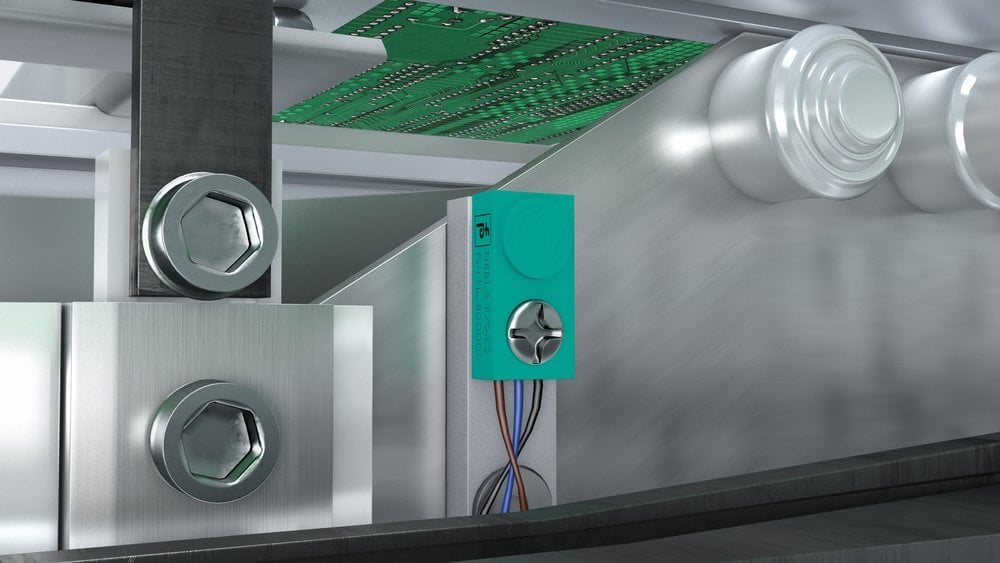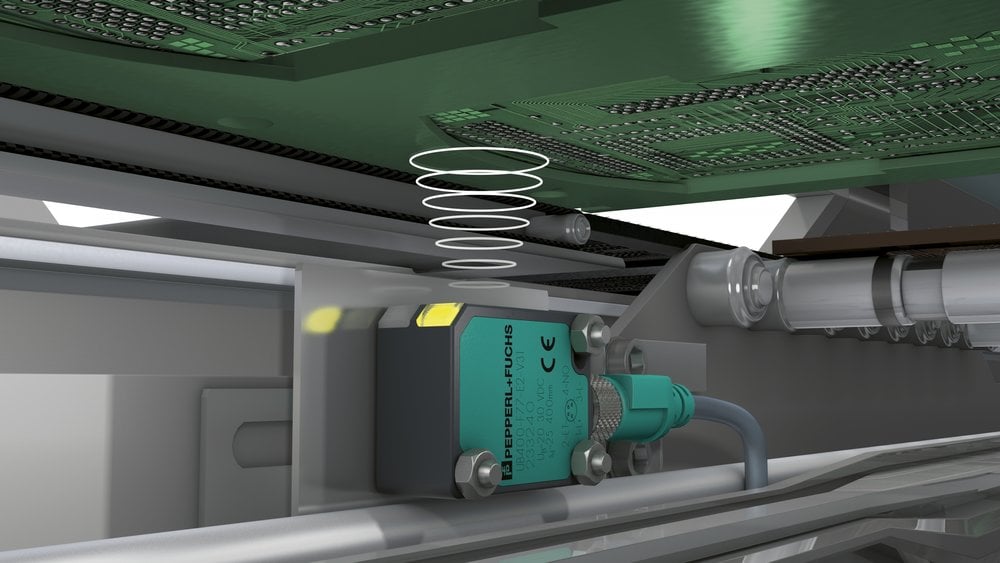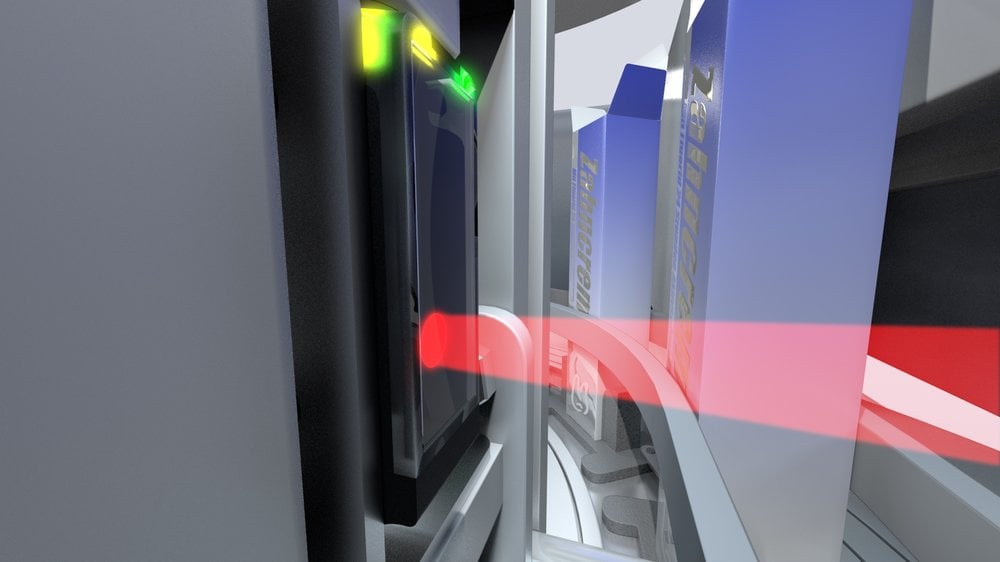www.industryemea.com
15
'13
Written on Modified on
Small, high-performance sensors for tight spaces
Pushing the limits of physical possibility is the greatest challenge facing technology. In addition to technical excellence, the economic aspect is taking on an increasingly important role. The machine construction market is continuously aiming for more compact, faster machines with higher capacity. Special packaging machines or machines for manufacturing PCBs are being constantly optimized to enhance their overall power density. In addition to mechanical components, electronic components that control the systems must also be consistently adapted. There is an increasing demand for smaller sensors that offer the performance, speed, and precision of larger sensors. In addition to functionality, it should also be possible to integrate these sensors discretely into the machine.

To meet these demanding requirements, Pepperl+Fuchs offers small, compact sensors that incorporate different types of technology:
• Inductive technology
• Ultrasonic technology
• Photoelectrics
• AS-Interface
Inductive sensors for metals
Sensors that operate according to the inductive functional principle detect metallic objects without contact and are therefore wear-free.
Advantages of inductive proximity switches include a complete absence of maintenance and outstanding resistance to sources of interference in the direct vicinity of the application. Dust, dirt, vibration, and moisture do not influence the capability of these sensors to detect, count, and control processes in numerous applications.
Our inductive miniature sensors are available in a wide range of versions:
• Cylindrical housings from only 3 mm in diameter
• Smallest cubic housings
Ultrasound solves material issues
The new ultrasonic generation of the F77 series with a compact design can accurately detect objects made of the most problematic materials, such as reflective or transparent objects.
The narrow projection cone and extremely small blind zone of 10 mm enable the detection of objects through extremely dense clusters of machine components. The F77 series offers an impressively high degree of immunity to plant noise and can be easily integrated in machines with limited space.
The F77 compact series is available in the following versions:
• Diffuse mode sensor with background suppression
• Retroreflective sensor
• Thru-beam sensor with large detection range
Optical precision
The latest development in the miniature housing category is the R2 series. The special features of the ultra-small series include extreme robustness, user-friendliness, and ease of installation. The extremely small housing with 45° cable outlet allows for space-saving installation in the plant. Due to the flat, scratchproof glass front, the R2 can be mounted close to the moving object. The small light spot and wide selection of functions open up a whole new range of solutions.
The miniature photoelectric sensor category contains an extensive selection of designs for almost every application:
• Smallest cubic standard housings such as the ML6, ML7, and ML100 series
• Application-specific housings such as the ML8 and ML10 series as well as various fiber optics
• Miniature GL5 photoelectric slot sensors
Perfectly interlinked with AS-Interface
AS-Interface is the standard solution for the simple and cost-effective interlinking of sensors and actuators in the field. Pepperl+Fuchs developed the ultra-compact G10 series, which is the smallest interface module worldwide in IP68/69K. These one-piece modules fit in any cable duct and are notable for simple mounting—just insert the flat cable, snap shut, and tighten the screw. The unique swivel mechanism ensures a reliable contact.
These compact interface modules can intelligently control motors, for example, and help save energy. Sensors and DC motors are connected directly. This innovative, energy-efficient concept from Pepperl+Fuchs won this year's German industry prize "Automation with AS-Interface as a Contribution to Climate Protection."
New in the ultra-compact G10 series:
• Digital module now also available with two outputs
• Smallest safety module worldwide with IP67
• A large variety of junction blocks
At a glance:
• As production and assembly facilities shrink in size, so does the installation space available for sensors.
• Pepperl+Fuchs offers a comprehensive range of small sensors comprising inductive, photoelectric, and ultrasonic sensors.
• Only devices of their kind in the world and the best of the solutions available on the market.
• Peripherals include interface modules for networking.

Fig. 2: F79 inductive sensor for the detection of metallic machine components

Fig. 3: F77 ultrasonic sensor in use in a PCB detection system

Fig. 4: The application example shows the diffuse mode sensor with background evaluation from the ultra-small R2 series used for congestion monitoring in a cartoning machine. A near machine part in the background serves as reference. Reliably detects even reflective objects over the entire detection range.

